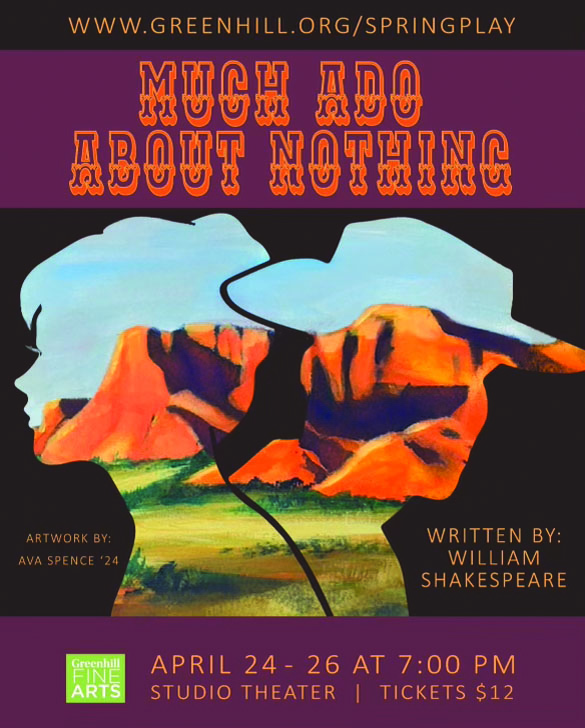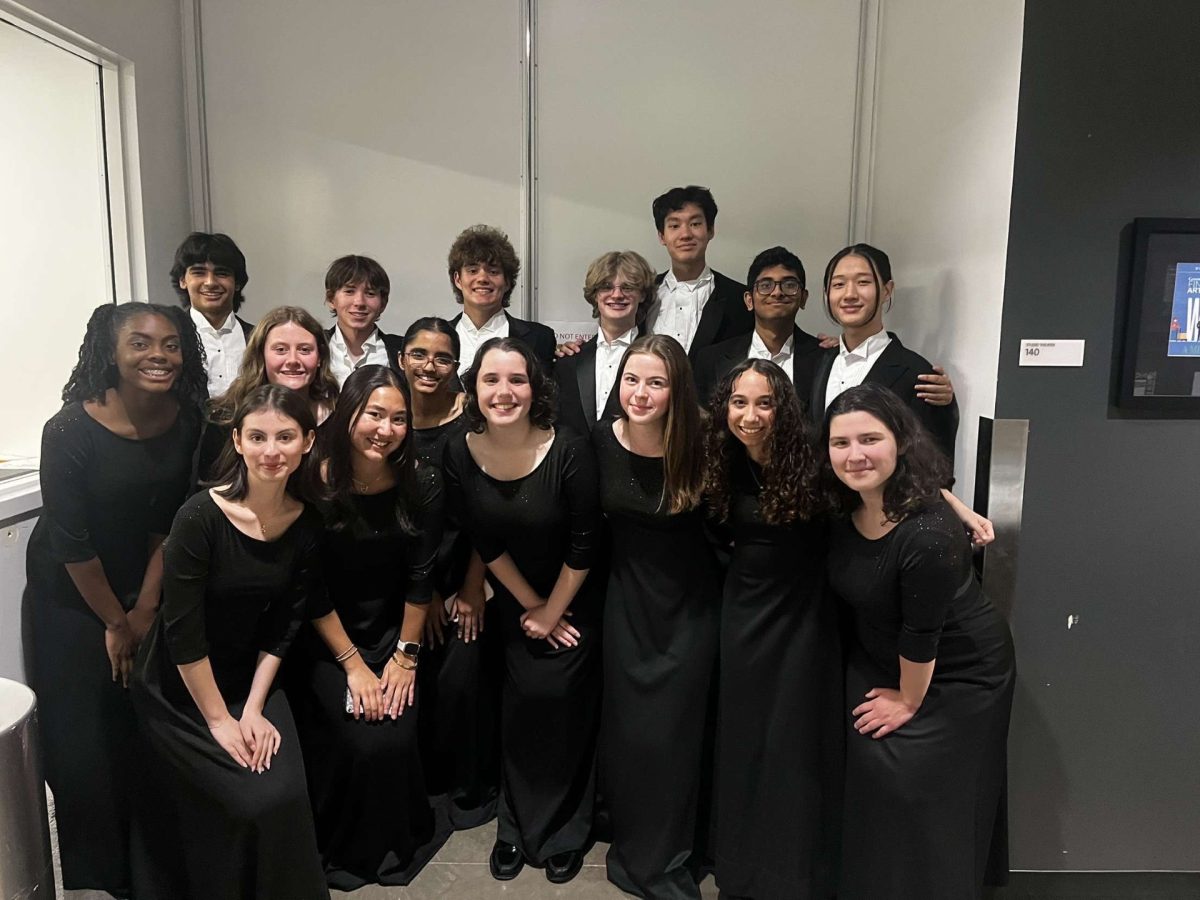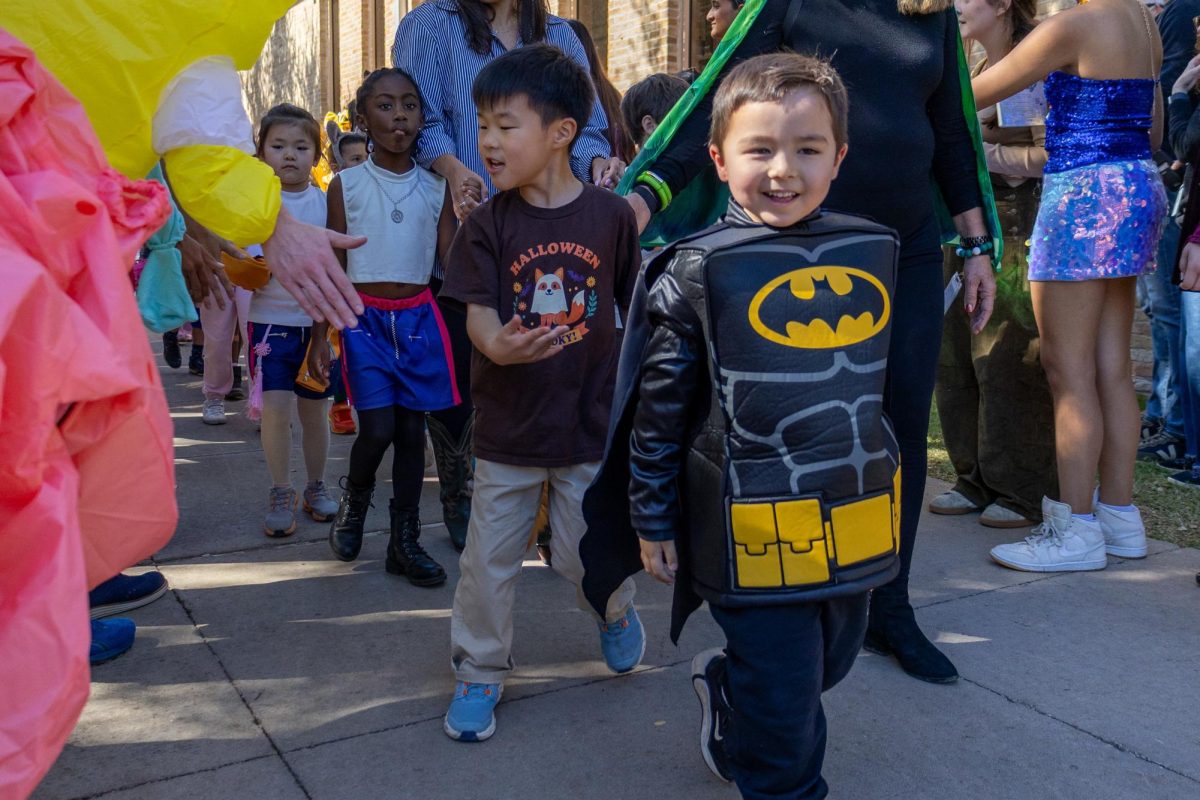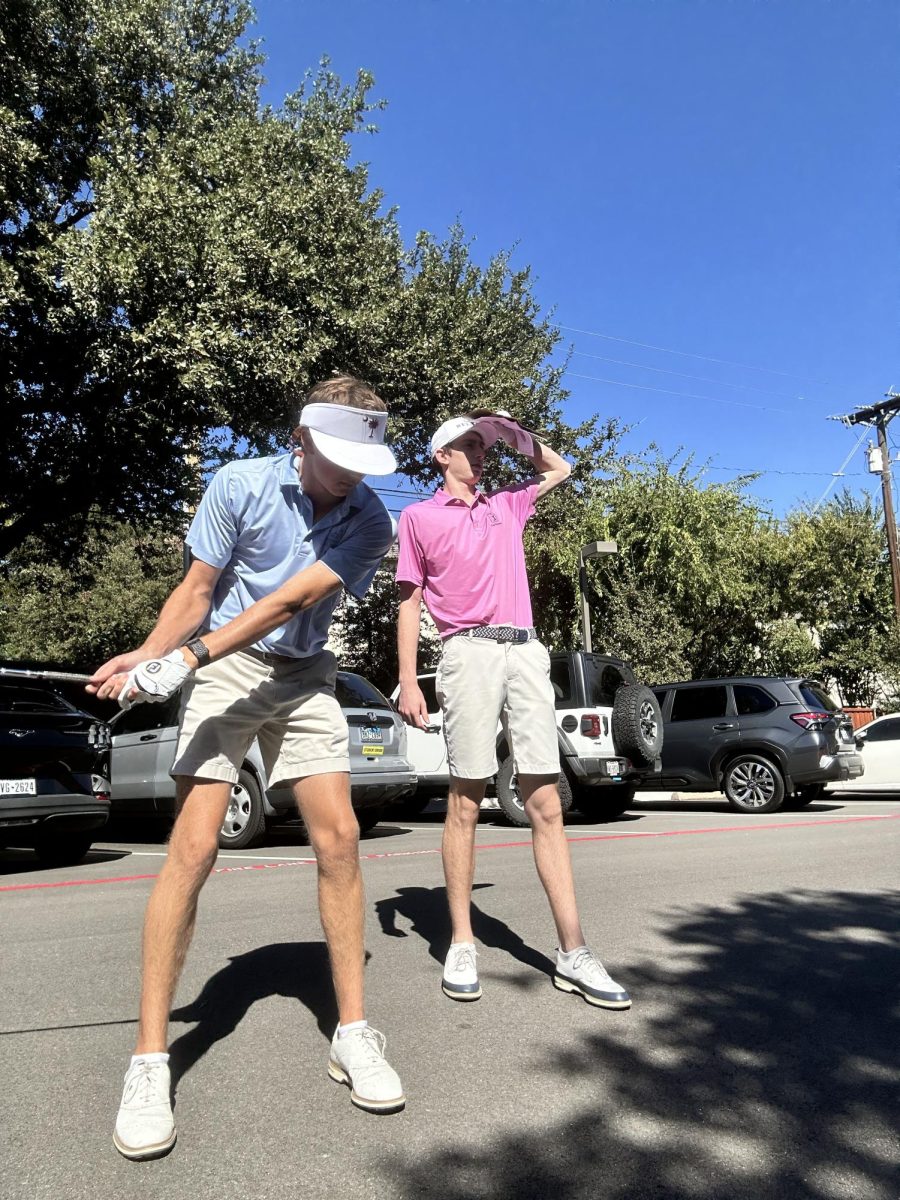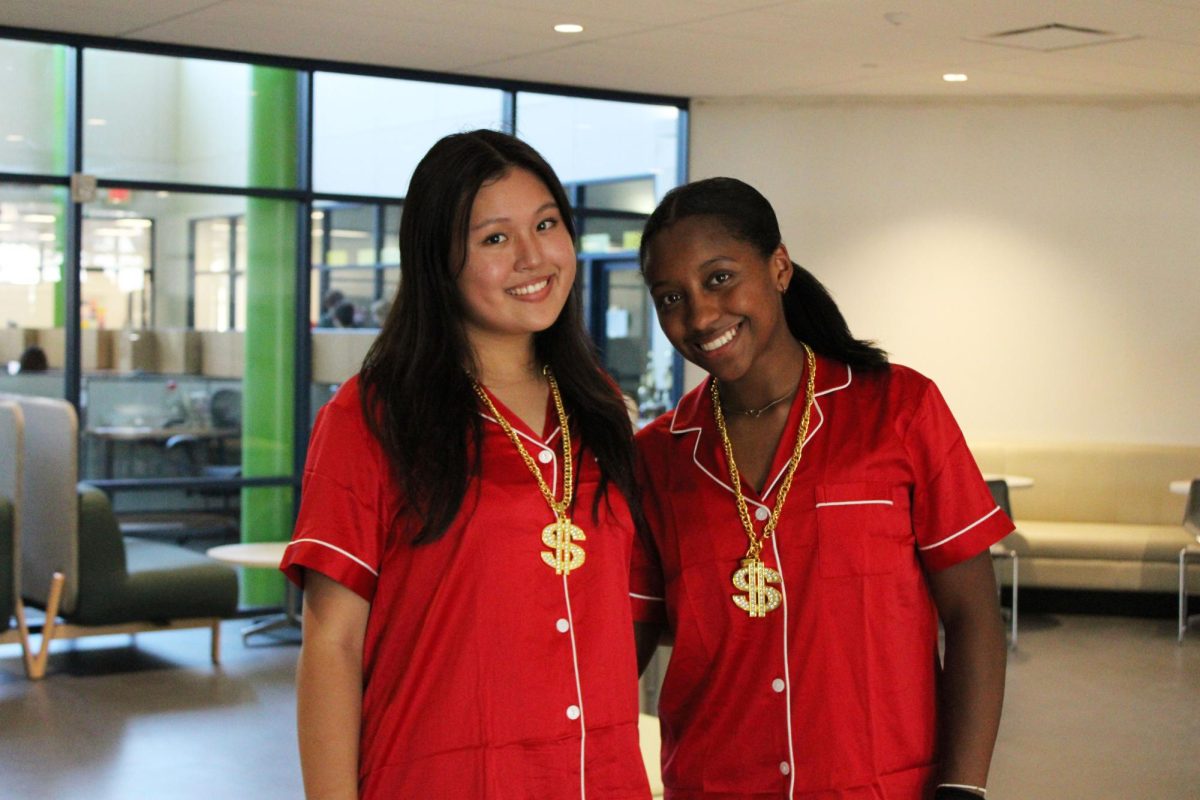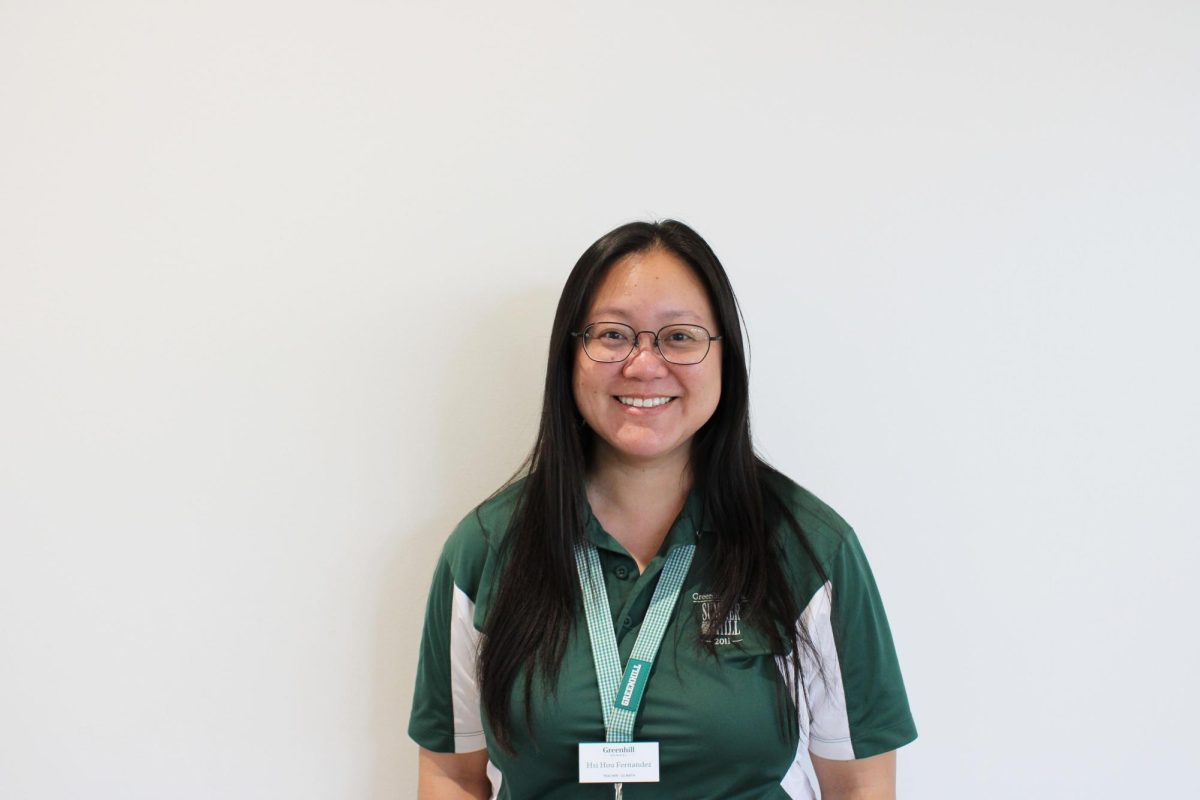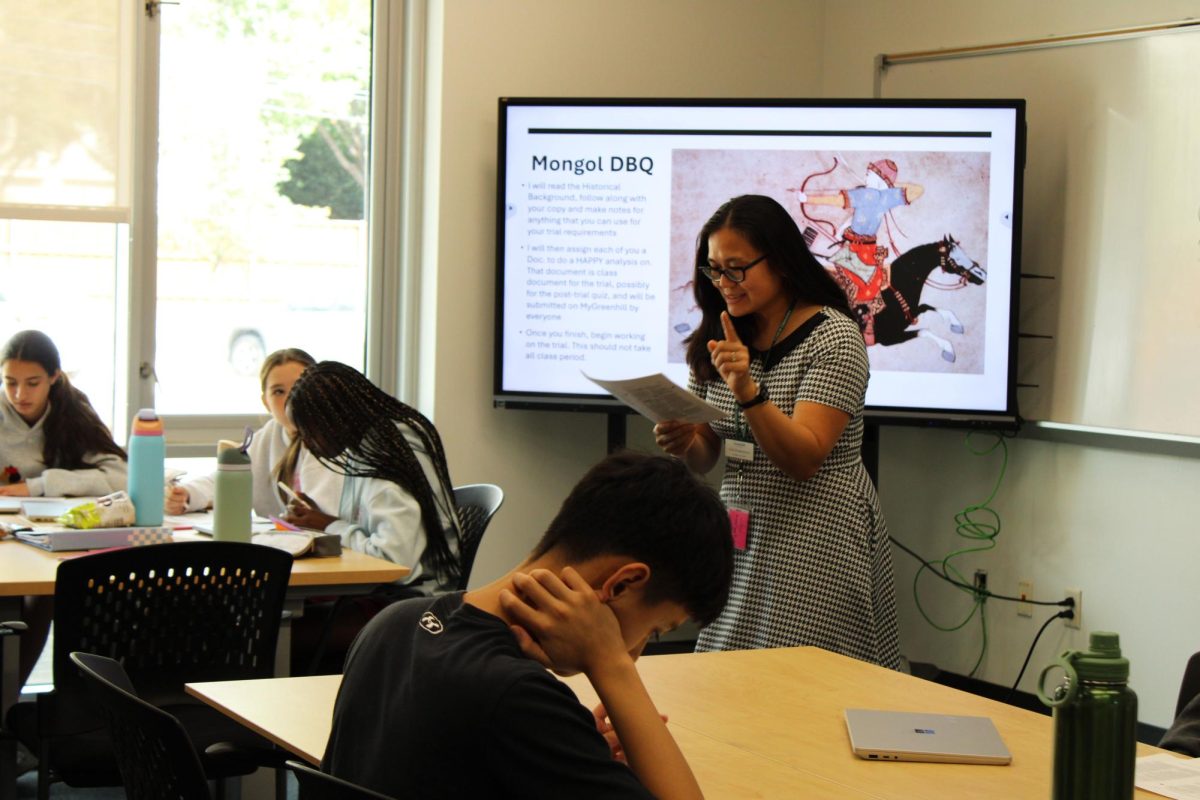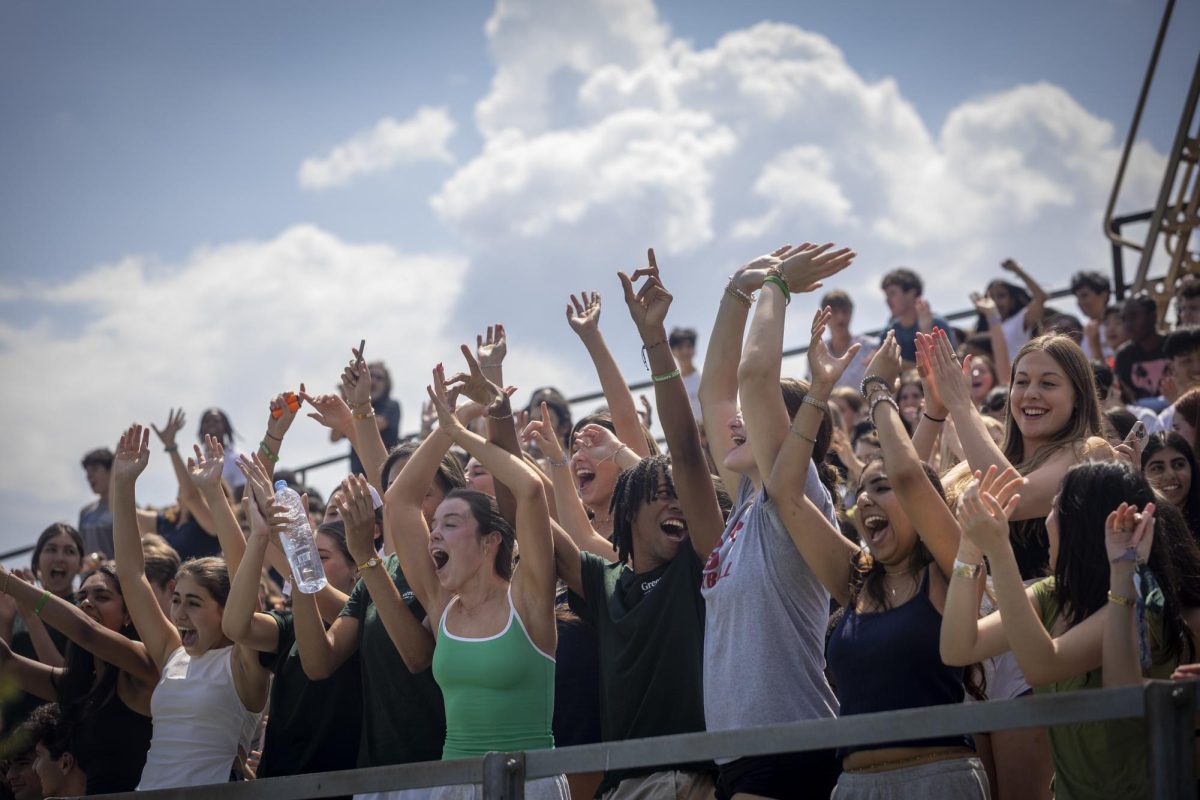For the first time, Greenhill Theatre will showcase “Much Ado About Nothing” with an 18th-century Western twist, which opens April 24 and runs until the night of April 26.
Written by William Shakespeare, Much Ado is both a comedic and tragic play that stays true to its name.
“It’s basically like Seinfeld, it’s a play about nothing in particular,” Upper School drama and theatre teacher Valerie Hauss-Smith said.
In Shakespearean fashion, the play is centered around two pairs of lovers: Beatrice and Benedick, and Claudio and Hero.
However, rather than retell the play in the open-air streets of Messina, Sicily, Greenhill Theatre intends to dive deep amid the tumbleweeds and cowboy boots of a small town in 18th-century West Texas. Hauss-Smith says she was inspired by witnessing a Yellowstone shoot while in a small town about an hour from Dallas.
In addition to the location and time, what truly sets Much Ado apart from other, more modern, Greenhill plays is a lack of stage direction written in the play by the playwright, according to Hauss-Smith.
When Shakespeare did write stage directions, they were typically entrances or exits as opposed to individual actions.
Rather than the traditional proscenium stage that audiences are accustomed to, Much Ado will be performed on a thrust stage in the Black Box, which is a stage shaped like a runway. With such new ground comes new levels of theatrical expression as there will be a second-level balcony.
“Actors will gain a lot of height and gain a lot of depth [due to the stage style], and also will be interacting with some of the audience, which I think is exciting,” senior and stage manager Santiago Lopez said.
On the flip side, the Black Box thrust stage also has its constraints, especially when it comes to the placement of lights, speakers and actors.
The positioning of lighting and speakers falls to the technical theatre crew and Performing Arts Building Manager Leann Burns.
According to Burns, one of the concerns of sound effects is making sure each bank of the audience receives an equal amount of sound, which pushes her and the SFX crew to get creative about where and at which angle they position speakers.
Lighting also faces challenges in ensuring a “visually dynamic and consistent lighting experience,” which they remedy by facing lights toward the stage, according to Burns.
“A lot of time is spent focusing those lights with purpose and intention so that as the actor is traveling across the stage, no matter where you are in the audience, you get a similar lighting experience,” said Burns.
When standing still, actors are positioned mostly at the corners of the stage to reach as much of the audience as possible. When there is a dialogue between two actors, they typically balance one another at opposite corners, much like counterweights.
There are also unique features that come with navigating the stage of Shakespeare in general.
“Everything the character says, they actually do,” said Hauss-Smith. “So, if they say, ‘I shall now draw my sword and kill you.’, that’s exactly what they would do.”
Due to the nature of a Western Shakespearean play, one of the most significant challenges for actors is nailing down a Western accent while both forming an emotional connection to the meaning of the script and then conveying said meaning to the audience through tone, gestures and emphasis.
Lopez works closely with the actors to help them practice and maintain their accents.
“I think it would probably have to be at an eight [out of ten] right now. While they’re still remembering their lines, they still keep up the Western Texas accents,” Lopez said.
Old references must be modernized to fit current audiences. For example, when a character referenced a sword being drawn, they would actually be referring to a pistol, as fits the setting of West Texas. Researching and building era-appropriate props and set pieces is primarily the responsibility of Middle and Upper School technical theatre teacher Will Turbyne, props captain Marieve Donnell and technical director Parker Lynn.
“I’m really enjoying it,” said senior Quinn Graves. “I know some people struggle with the language a bit more than contemporary pieces, but personally, I really like it because it’s poetic and flows off the tongue.”
Sophomore sound designer Avery Montoya says she is super excited because she gets to make a lot of the audio and see it come together.
“I love it; I’m so impressed by the students. I think some of them were like, ‘Oh, I don’t know about this whole Shakespeare thing,’ but they’re just doing it,” said Hauss-Smith.

